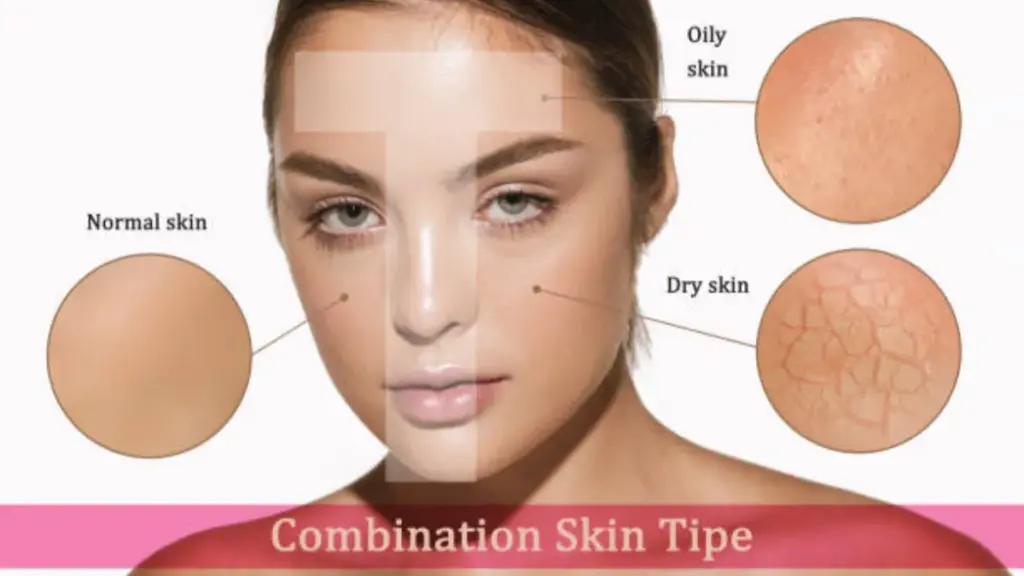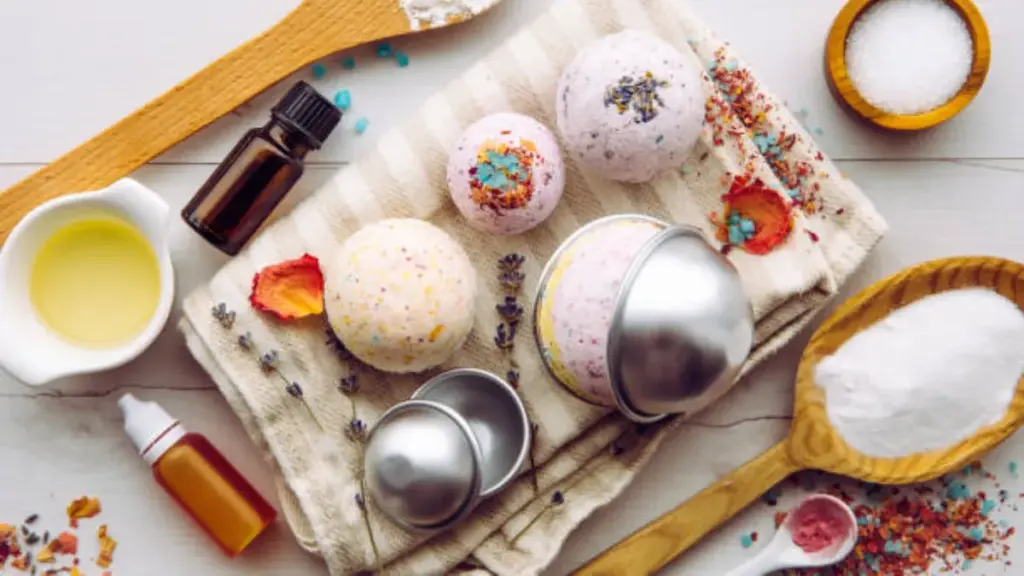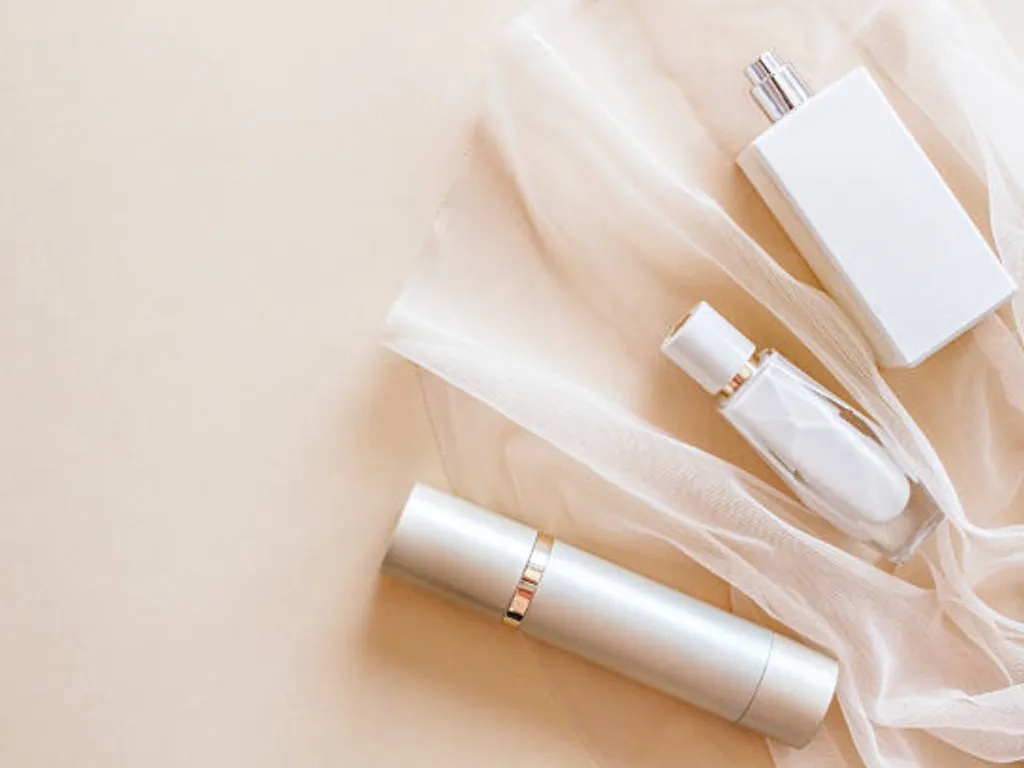L'industrie mondiale des cosmétiques est en plein essor, avec des millions de soins de la peau, se maquiller, et produits de soins personnels fabriqués chaque année. Mais comment les cosmétiques sont-ils fabriqués - de l'ingrédient brut aux étagères de la doublure du produit fini? Cet article décompose chaque phase clé du processus de fabrication, y compris la formulation, production, conditionnement, et contrôle de la qualité. Que vous soyez un entrepreneur de beauté ou tout simplement curieux de savoir comment vos produits préférés sont fabriqués, Ce guide complet couvre tout cela.
Comprendre l'industrie de la fabrication cosmétique
La fabrication cosmétique est un vaste, secteur hautement réglementé qui combine la science, ingénierie, et la créativité. Le processus implique plusieurs parties prenantes - brandes, laboratoires, fabricants, et les organismes de réglementation - tous travaillant ensemble pour apporter un coffre-fort, efficace, et produit commercialisable à la vie.
Il existe généralement trois types de modèles de fabrication:
- Socle (Fabricant d'équipement d'origine): Une usine produit des produits en fonction de la formule ou de la conception d'un client.
- ODM (Fabricant de conception d'origine): L'usine propose des formules pré-développées que le client peut marquer.
- Étiquette privée: Un produit prêt à l'emploi offert par un fabricant qui peut être personnalisé avec le nom et l'emballage d'une marque.
Les grandes marques peuvent gérer leurs propres installations de production, Mais la plupart des marques émergentes travaillent avec des fabricants tiers pour la rentabilité et l'évolutivité.
Étape 1: Sélection et approvisionnement des ingrédients
Les cosmétiques commencent par choisir les bons ingrédients. Les scientifiques et les développeurs choisissent ce qui se passe en fonction de ce qu'il fait. Chaque ingrédient a un travail, Comme garder la peau douce ou aider les choses à mélanger. Ils vérifient également si l'ingrédient correspond au type et à l'emballage du produit.
Les fabricants doivent suivre des règles de sécurité strictes. Ils regardent les rapports de toxicologie et testent des problèmes de peau. Les contrôles de sécurité incluent la quantité de votre peau, bouche, ou air. Les experts utilisent des programmes informatiques pour deviner s'il pourrait y avoir des problèmes. Ils s'assurent que chaque ingrédient suit la loi aux États-Unis et en Europe.
La traçabilité des ingrédients est très importante pour fabriquer des cosmétiques. Ces systèmes suivent chaque ingrédient du début à la fin. Des outils comme la blockchain et les étiquettes RFID conservent des enregistrements des lots et des fournisseurs. Cela aide les entreprises à résoudre rapidement les problèmes si quelque chose ne va pas. Il permet également aux gens de voir d'où viennent les ingrédients, qui renforce la confiance et soutient la beauté propre.
Les fabricants veulent des ingrédients faciles à trouver et proviennent de sources de confiance. Ils vérifient les timbres de qualité et s'assurent que la chaîne d'approvisionnement est forte. De nombreuses marques choisissent désormais des ingrédients verts ou qui correspondent à ce qui se soucie des acheteurs, comme la durabilité. Le bon mélange de sécurité, qualité, et l'alimentation s'assure que le produit fonctionne bien et est sûr.
Conseil: La traçabilité des ingrédients aide à assurer la sécurité des produits et montre que les marques se soucient d'être éthiques et vertes.
Étape 2: Développement de formulation dans les laboratoires cosmétiques
Faire des cosmétiques commence par la planification et les tests dans les laboratoires. Les scientifiques et les chimistes travaillent en équipe. Ils transforment les idées en produits réels. La façon dont ils choisissent et mélanger les ingrédients est important. Cela aide à s'assurer que le maquillage est sûr pour les gens à utiliser.
Les équipes proposent d'abord des idées. Ils vérifient ce que veulent les clients et ce qui est populaire.
Les chimistes utilisent une formule de base à partir de produits plus anciens. Ils le changent pour faire quelque chose de nouveau.
Ils collectent tous les ingrédients. Chacun doit être de haute qualité.
En laboratoire, Ils mélangent de petites quantités. Ils suivent les étapes de la commande et de la température.
Chaque lot est testé pour le pH, couleur, odeur, et épaisseur.
Si un lot échoue, Les chimistes réparent la formule. Ils peuvent utiliser différents ingrédients ou changer de montant.
- Quand un lot passe, Il obtient plus de tests. Ces tests vérifient s'il est stable, sûr, Et aimé par les gens.
Suivant, Ils font des lots plus gros appelés lots pilotes. Ceux-ci montrent si la formule fonctionne en dehors du laboratoire.
Lorsque tous les tests sont passés, Ils commencent à faire beaucoup de produit.
Note: Les chimistes vérifient les choses qui peuvent provoquer des allergies. Ils testent les parfums et les conservateurs. Les tests de correctifs et les règles strictes aident à assurer la sécurité des gens.
Faire des cosmétiques a besoin de nombreuses étapes prudentes. Chaque étape aide à s'assurer que le produit est sûr et prêt à être emballé.
Étape 3: Processus de fabrication: Mélange, Chauffage, et émulsifiant
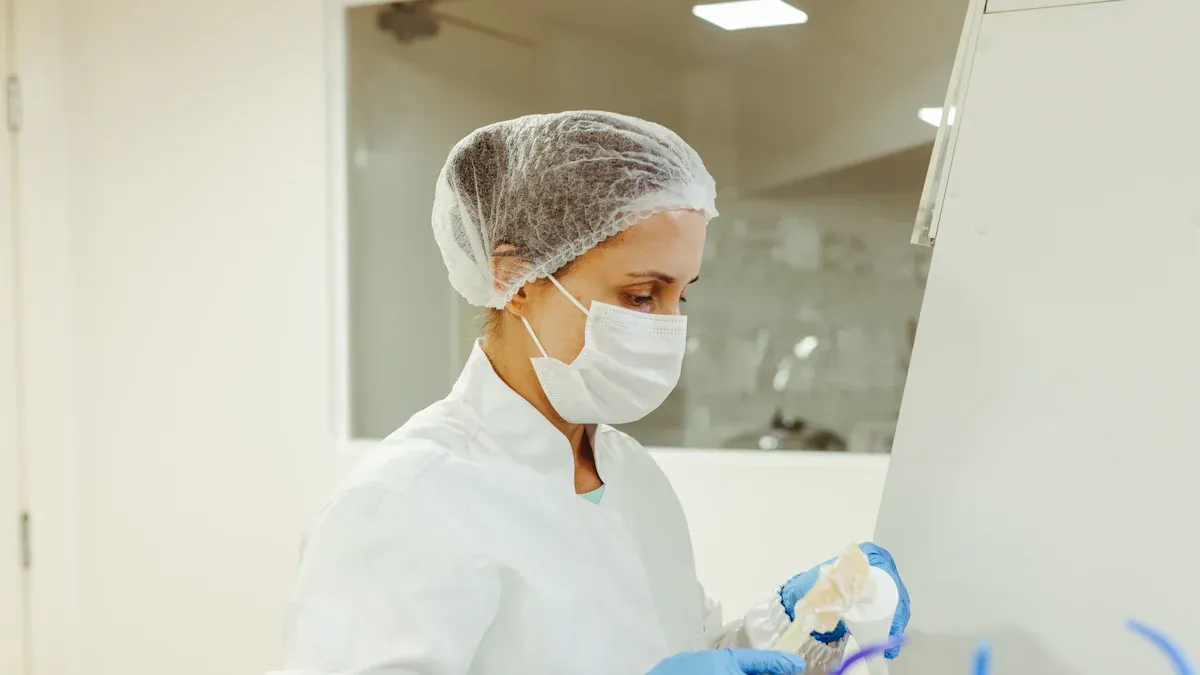
Le processus de fabrication modifie les ingrédients bruts en produits finis. Cela se produit en étapes. Les travailleurs utilisent des machines spéciales et regardent la température de près. Cela s'assure que les cosmétiques sont en sécurité et fonctionnent bien.
Un processus de fabrication typique comprend ces étapes:
Ouvriers Chauffer la phase d'eau à environ 75 à 80 ° C. Cette partie a des ingrédients et des épaississeurs solubles dans l'eau. Ils le remuent avec une roue d'hélice.
En même temps, Ils chauffent la phase huileuse à la même température. Cette partie a des émulsifiants et des émollients. Une turbulence d'hélice différente suscite cette phase.
Les deux phases chaudes se mélangent à environ 80 ° C. Le mélange continue au moins 20 minutes. Cela aide les phases à mélanger et à former une émulsion stable.
Suivant, Le mélange se refroidit tout en étant remué avec une roue d'ancrage. Cela arrête l'épaississement sur les côtés et le refroidit à environ 30 ° C.
Lorsque le mélange est cool, Les travailleurs ajoutent des ingrédients sensibles à la chaleur. Il s'agit notamment des conservateurs, parfums, et colorants.
La dernière étape consiste à ajuster le pH. Cela garantit que le produit est sans danger pour la peau.
Garder la bonne température est très important. Des machines comme les doubles chaudières ou les bouilloires à vapeur aident à contrôler la chaleur. Refroidissement rapide, Comme utiliser des bains de glace, maintient l'émulsion stable et rend le produit meilleur.
Cosmetics Manufacturing utilise différentes machines pour chaque étape. Les mélangeurs de cisaillement élevés sont bons pour les émulsions minces. Les mélangeurs d'arbre multiple fonctionnent pour des crèmes épaisses. Les mélangeurs à cisaillement ultra-élevé aident à les émulsions difficiles à mélange. Les entraînements d'hélice et d'ancrage gardent le mélange lisse pendant le chauffage et le refroidissement.
Les petites installations font 500 à 1,000 pièces en un lot. Les grandes installations peuvent compenser 8,000 livres à la fois. Chaque processus de fabrication vérifie que le produit final est de haute qualité.
Étape 4: Normes de contrôle de la qualité et de conformité
Le contrôle de la qualité est très important pour fabriquer des cosmétiques. Les entreprises utilisent de nombreux chèques pour s'assurer que les produits sont sûrs. Ils veulent que chaque produit fonctionne comme il devrait. Avant de vendre, Les équipes font de nombreux tests:
Chèques d'ingrédient Assurez-vous que tout est sûr et suit les règles.
Les tests de produits finis utilisent des laboratoires et des personnes pour voir si cela fonctionne.
Les contrôles de sécurité recherchent des choses interdites ou restreintes.
Les entreprises tiennent les dossiers de sécurité et les détails des ingrédients.
La FDA vérifie les étiquettes et les ingrédients pour les produits américains.
Le processus doit suivre Bonnes pratiques de fabrication, appelé GMP. Ces règles couvrent la propreté, Comment les choses sont faites, et formation du personnel. Les entreprises sont souvent certifiées par des groupes externes. Les auditeurs vérifient si l'endroit est propre et le personnel sait quoi faire. Ils vérifient également si le processus répond aux normes élevées.
Règles internationales comme ISO 22716 Guider l'ensemble du processus. Cette norme couvre la formation du personnel, équipement, et stockage. Des marques comme L’Oréal et Dove utilisent ISO 22716 pour montrer qu'ils se soucient de la qualité. La certification aide les entreprises à s'améliorer, risques inférieurs, et renforcer la confiance.
En utilisant ISO 22716 Et les BPF aident les entreprises à fabriquer des produits sûrs. Ces étapes protègent les marques et les acheteurs.
Un système de contrôle de qualité solide vérifie chaque étape. Cette concentration sur la sécurité maintient les cosmétiques en sécurité pour tout le monde.
Étape 5: Remplissage, Scellage, et étiquetage dans les lignes d'emballage
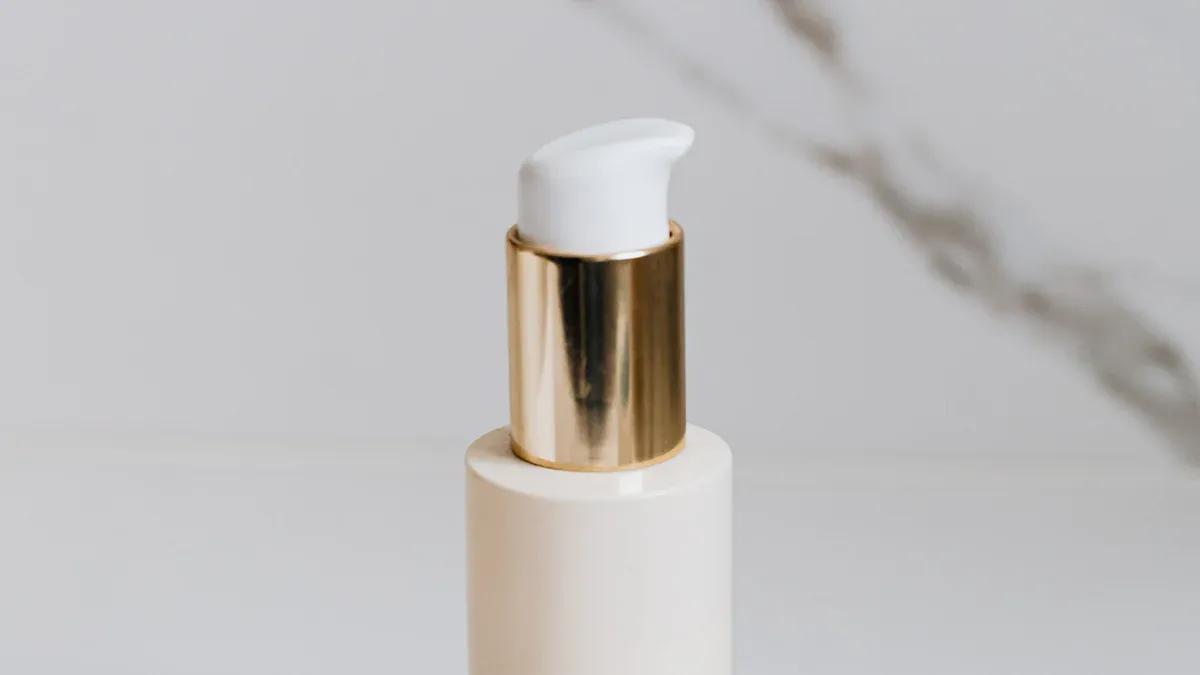
La dernière étape prépare les cosmétiques pour les magasins. Les travailleurs et les machines gèrent soigneusement les conteneurs. Cela garde les produits propres et sûrs. La ligne d'emballage utilise de nombreuses machines pour terminer le travail.
Manipulation et préparation des conteneurs: Les travailleurs ou les machines mettent des bouteilles, pots, ou des pochettes sur la ligne. Machines non recueillies Triez et alignez les conteneurs. Le nettoyage ou la stérilisation élimine la poussière et les germes avant le remplissage commence.
Étape de remplissage: Les machines de remplissage liquide ajoutent des crèmes, gels, ou liquides à chaque conteneur. Les charges de gravité fonctionnent pour des liquides minces. Les charges de piston sont destinées aux produits épais. Les charges de pompe à engrenage manipulent des articles avec de petits bits. Chaque machine met le bon montant dans chaque package.
Plafonnage et scellage: Après le remplissage, Les machines de coiffage mettent des couvercles ou des pompes sur. Certains produits ont besoin de joints spéciaux ou de scellage de chaleur pour la sécurité. Les équipes de contrôle de la qualité vérifient chaque joint pour arrêter les fuites et garder les produits frais.
Étape d'étiquetage: Les machines d'étiquetage ont mis des étiquettes avec la marque, ingrédients, et les instructions. Les systèmes de vision vérifient si les étiquettes sont droites et faciles à lire. Les étiquettes doivent suivre les règles de sécurité et d'information.
Bonnes pratiques de fabrication et ISO 22716 Guider chaque étape. Ces règles aident à arrêter les germes et à garder la zone propre. Les systèmes de code-barres et la technologie intelligente suivent chaque produit lorsqu'il se déplace.
Les systèmes de convoyeurs connectent toutes ces étapes ensemble. Cette configuration aide la ligne à se déplacer rapidement et lisse. Les contrôles réguliers et les capteurs intelligents trouvent tôt des erreurs. Le processus se termine par un produit qui a l'air sympa, est sûr, et répond à toutes les règles.
Pratiques durables et éthiques dans la fabrication esthétique
Les entreprises cosmétiques veulent aider les gens et la planète. Ils se soucient maintenant d'être plus vert et juste. De nombreuses marques ont changé la façon dont elles fabriquent et emballent des produits. Depuis 2018, à propos 65% des marques de beauté utilisent moins de plastique. Ils utilisent plus de plastique recyclé pour réduire les déchets et la pollution.
Les vieux cosmétiques ont souvent de forts produits chimiques et trop de plastique. Ces choses peuvent nuire à la nature et à la santé des gens. L'emballage de beauté fait à propos 120 milliards de pièces chaque année. Cela ajoute beaucoup de déchets au monde. Les cosmétiques durables utilisent des ingrédients naturels et des moyens sûrs de fabriquer des produits. Ils choisissent des matériaux recyclés ou adaptés à la terre et essaient de faire moins de carbone.
Les grandes marques suivent de nombreuses règles équitables lors de l'obtention d'ingrédients:
Ils ne testent pas les animaux et n'utilisent pas les règles végétaliennes.
Ils vérifient si les fournisseurs utilisent des matériaux sûrs et biologiques.
Ils font des chèques surprises pour garder les choses honnêtes.
Ils s'assurent que les agriculteurs obtiennent un salaire équitable et des emplois sûrs.
Ils suivent d'où viennent les ingrédients et disent aux acheteurs.
Ils utilisent des ingrédients propres et sautent les mauvais produits chimiques.
Ils utilisent de nouvelles façons de tester au lieu des tests animaux.
Ils visitent les fournisseurs et établissent des règles de travail équitable.
Les petits fabricants de cosmétiques par lots sont souvent les meilleurs dans ce. Ils peuvent mieux suivre les ingrédients et utiliser local, trucs organiques. De nombreux petits fabricants de lots obtiennent des certificats spéciaux. Ces, comme Oully ou Ecocert, Montrez qu'ils se soucient d'être vert et juste. Les certificats aident les acheteurs à croire que les produits sont sûrs et faits avec soin.
Obtenir des certificats d'autres groupes aide les gens à faire confiance aux marques. Cela montre que l'entreprise est honnête et se soucie de faire la bonne chose.
Le rôle des fabricants OEM / ODM dans la production esthétique
Sociétés OEM et ODM sont très importants dans les cosmétiques. De nombreuses marques utilisent ces partenaires pour fabriquer des produits pour eux. Ils n'ont pas besoin de construire leurs propres usines. À propos 55% des cosmétiques externalisés proviennent des services OEM. Les services ODM composent l'autre 45%. Cela signifie que les marques dépendent beaucoup de ces fabricants.
Les fabricants d'OEM suivent ce que la marque veut pour fabriquer des produits. Les marques peuvent passer plus de temps à vendre et à faire de la publicité. Les fabricants d'ODM ont des formules et des conceptions prêtes. Les marques peuvent changer ces produits et les vendre rapidement. Les deux types aident les marques à suivre les règles locales et à répondre à ce que veulent les acheteurs.
Si vous prévoyez de développer votre propre ligne cosmétique, Le partenariat avec le bon fabricant d'OEM ou de marque privée est l'une des décisions les plus stratégiques que vous puissiez prendre - transformant votre idée dans une réalité prête à l'espace.

